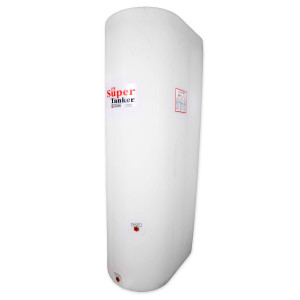
Water stockpiling is a wide term alluding to the capacity of both consumable water for utilization, and non-consumable water for use in farming. In both non-industrial nations and some created nations found in heat and humidities, there is a need to store consumable drinking water during the dry season. How much bleach to store water is a common question among us. In agribusiness water stockpiling, water is put away for later use in common water sources, for example, groundwater springs, soil water, characteristic wetlands, and little counterfeit lakes, tanks, and repositories behind significant dams. Putting away water welcomes a large group of potential issues paying little heed to that water’s expected reason, including defilement through natural and inorganic methods.
- Roofing Materials: In certain pieces of the world uncoated lead blazing is utilized as a roofing material. Specialists found nearby water stockpiling of water was more acidic, and contained raised degrees of substantial metals in an investigation directed in Australia from 2005–2006.
- Hand-washing: When water is put away in tanks for utilization hand-washing can turn into a factor if the tank comes up short on a legitimate spigot framework, or if training is absent on the dangers presented by utilizing hands for water utilization. It was found in a recent report that water tanks in Tanzania contained 140-180% more faecal pointer microorganisms than the water they were provided with.
Planting basins:
Rainfed farming establishes 80% of worldwide agribusiness. A large number of the 852 million destitute individuals on the planet live in pieces of Asia and Africa that rely upon precipitation to develop food crops. As the worldwide populace expands, more food will be required, however, environmental changeability is probably going to make cultivating more troublesome. A scope of water stores could assist ranchers with conquering droughts that would somehow or another reason their harvests to fizzle.
Starting in 2010, it was accounted for that almost 50% of the worldwide populace relies upon in-home water stockpiling because of an absence of satisfactory water supply organizations. A considerable lot of the in-home arrangements have been made do from accessible materials. It has been proposed that the absence of appropriate instruments and gear for development, prompts a framework bound to contain penetrates, making them more defenceless to tainting from the climate and clients.
The amount of Emergency Water to Store:
Unopened economically filtered water is the most secure and most solid wellspring of water in a crisis. On the off chance that you don’t have filtered water, you can make your water protected to drink by adhering to the guidelines recorded on our Making Water Safe in an Emergency page and utilizing clean holders to gather and store your water.
- Store in any event 1 gallon of water for every individual each day for 3 days for drinking and sterilization.
- Attempt to store a 2-week supply if conceivable.
- Think about putting away more water than this for blistering environments, pregnant ladies, and people who are wiped out.
- Notice the lapse date for locally acquired water.
- Supplant non-locally acquired water like clockwork.
- Store a container of unscented fluid family chlorine dye mark should say it contains somewhere in the range of 5% and 9% of sodium hypochlorite to sanitize your water, if vital, and to use for general cleaning and disinfecting.
